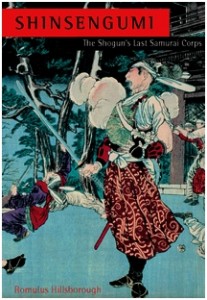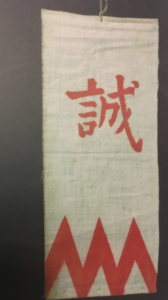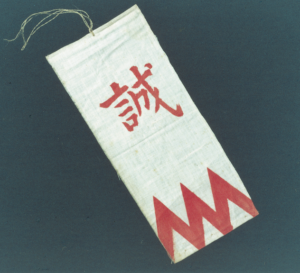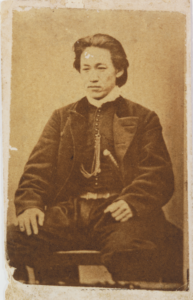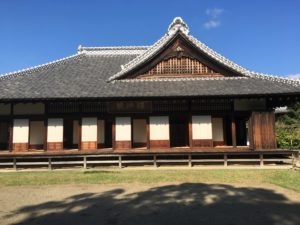

The Kodokan of Mito Han, one of the great educational institutions of its time, was steeped in the philosophy of Mitogaku (“Mitoism”), the cornerstone of Imperial Loyalism – as indicated by the slogan Sonno-Joi (“Imperial Reverence and Expel the Barbarians”), published for the first time in the school’s charter (Kodokanki). “Loyalty and Patriotism” (JinchuHokoku), part and parcel of Sonno-Joi, was advocated by men on both sides of the conflict leading up to the overthrow the Bakufu – i.e., those who supported the Bakufu and those intent on destroying it. Among the former were the leaders of the Shinsengumi. Therefore, without the Kodokan and Mitogaku it is doubtful that the Shinsengumi would have existed.
I’ll have much more to say about this in my next book about the Shinsengumi. Below is a link to my first Shinsengumi book.
[The photo of the Kodokan was taken in October 2018. The two books on the right portion of the other photo are studies of Mitogaku. The other one is a brief history of the Kodokan.]

